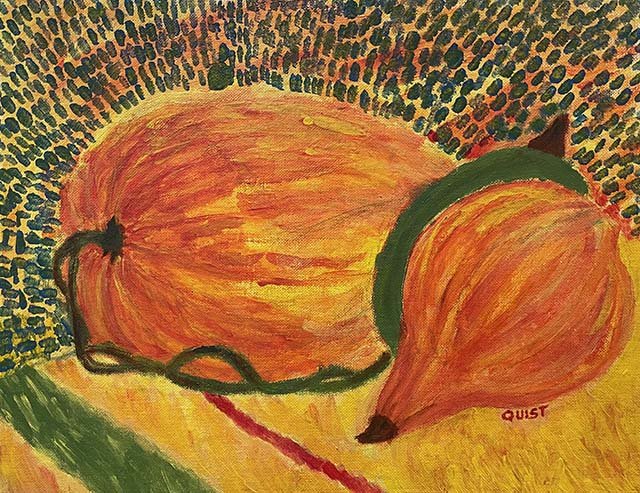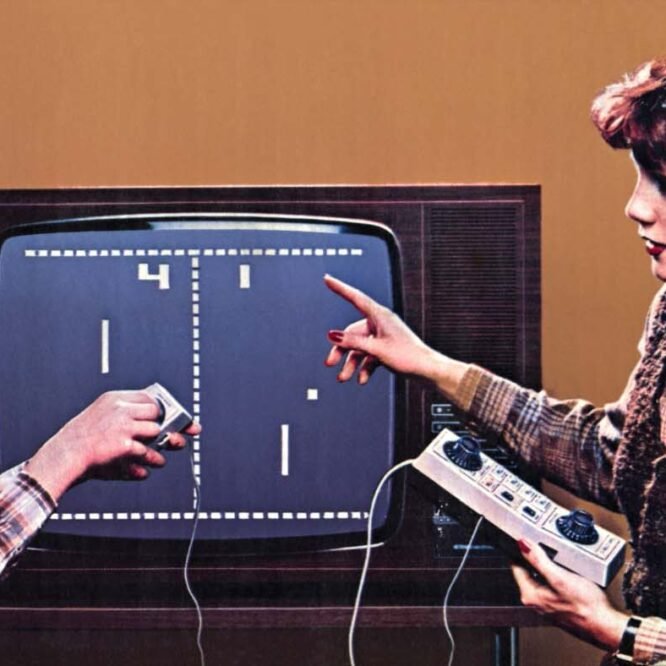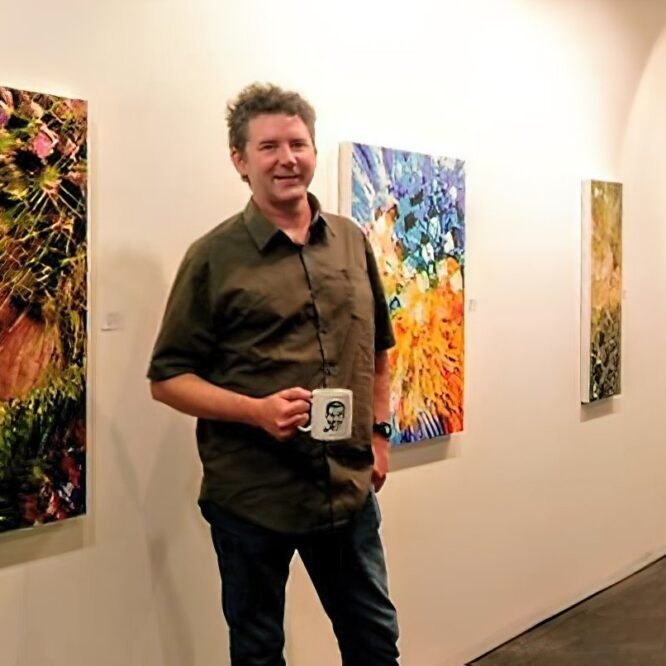In my last post, I spoke about my earliest influences in computer art. That medium has fascinated me since I was a kid in the ’70s. However, I was drawing and painting before I saw my first video game. Granted, I was just in kindergarten and my art skills were not great. But ever since I first picked up a crayon, I have been drawing.
One day, when I was a toddler, I discovered a magic marker. My mother subsequently found me drawing on the wall in the hall outside the kitchen! She scolded me, of course. But I just looked up at her and giggled. She thought the sight was so cute that she got my father to take a picture of me in the act. If I can find that photo I’ll post it here in the future.
I Was the Kid Who Could Draw
Art class was always my favorite. In grade school, it was once a week. Outside of that class, I was drawing whenever I had the chance. Naturally, I became known as the kid who could “draw” in my class.
Since I was a little boy who loved sci-fi, it wasn’t suprising that I mostly drew pictures of spaceships and the like. I wasn’t very good at drawing people. I resorted to tracing pictures from photos and advertisements. As any good artist knows, that’s not how you learn to draw. But my elementary school art teacher was able to show me some of the basic techniques of sketching from real life. My first sketch was probably of my shoe, if I recall correctly. But sketching didn’t come easy.
I think something that obstructed my ability to sketch people was my love for the seemingly simple styles of comic books and comic strips. I would copy what I saw in comics without a clear understanding of the choices the artists made. I made the same mistake I see so many young artists are doing now with their imitations of popular anime and manga: imitation without learning foundational skills.
I will never forget the day I finally grasped how to sketch people. I was about 11 years old in the 6th grade. We an hour outside where we all isolated ourselves on the playground where we were supposed to read or draw or just enjoy the nice day. The point was to sit still and not talk to others. So I started sketching my friend Robert who was sitting about ten yards away. Because it was a nice day and I had no distractions, I concentrated on my drawing like I had never done before. The results was impressive. If I still have this drawing, I’ll post a scan of it someday.
Van Gogh
In junior high school (what’s now called “middle school”), I got my first taste of formal art training. I had a good teacher who had me sketch and learn fundamentals of like work, shading, and so on. I bought my first sketch book and drawing pencils. And I definitely got more comfortable with drawing people.
As a final assignment for the school year, our art teacher instructed us to choose a favorite artist and then paint a still life in that artist’s style. I chose Van Gogh. And I really liked the results!

I really appreciate how Van Gogh broke down light and colors into their component colors. To me, this idea really appealed to me because before I knew very much about Post-Impressionism, I had already learned that several points of colors could combine together into new colors. I got that wisdom from examining the crude video game graphics in the arcade and on my computer. I knew that the color on a cathode ray tube television was made by combining varying degrees of red, green, and blue. I saw that in the work of George Seurat. But Van Gogh’s color combinations are gorgeous.






